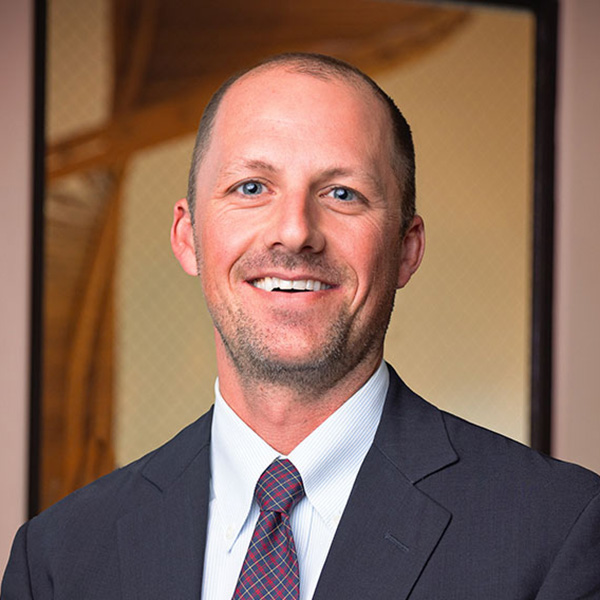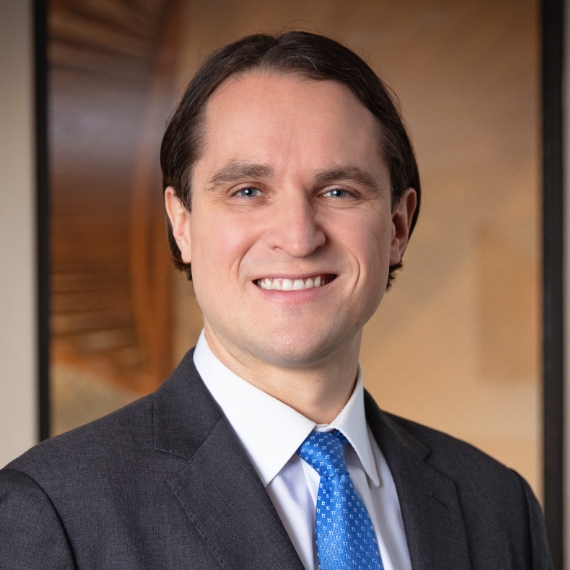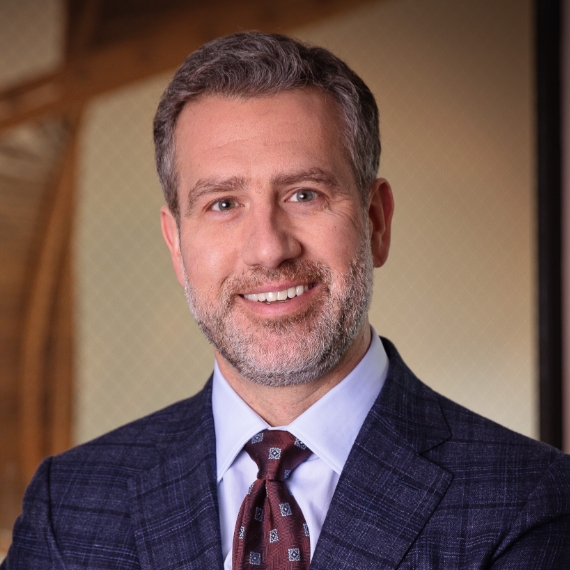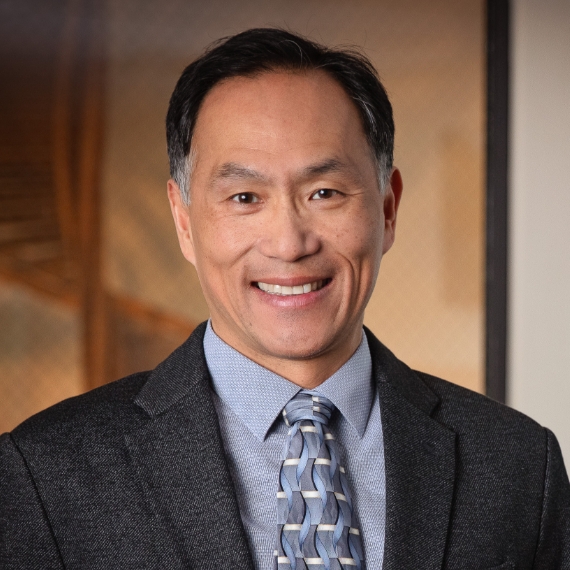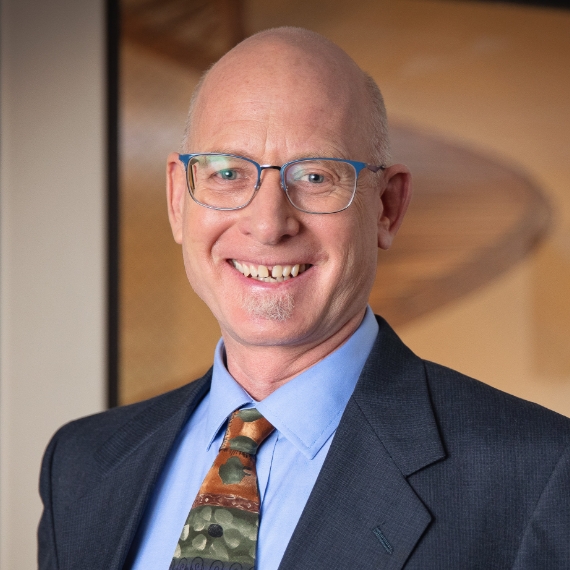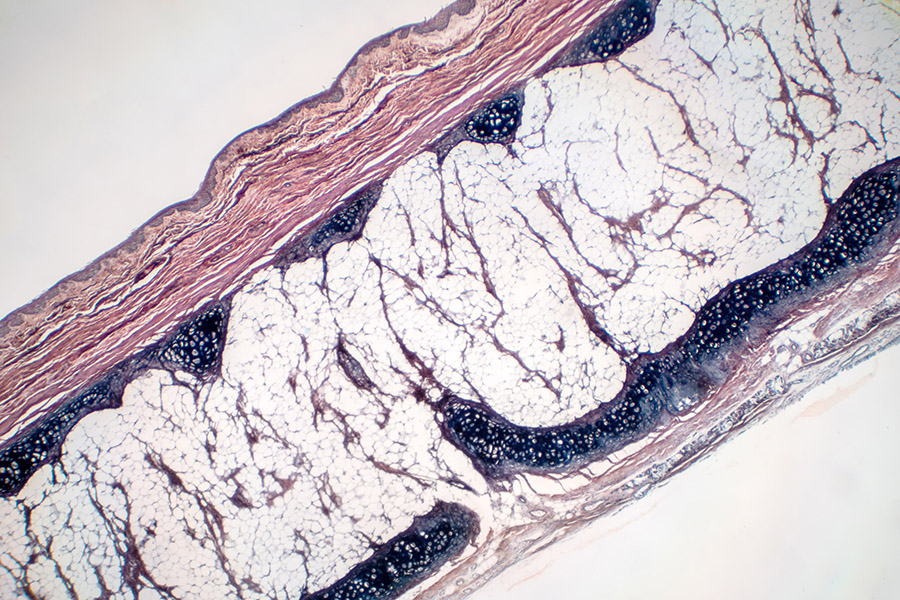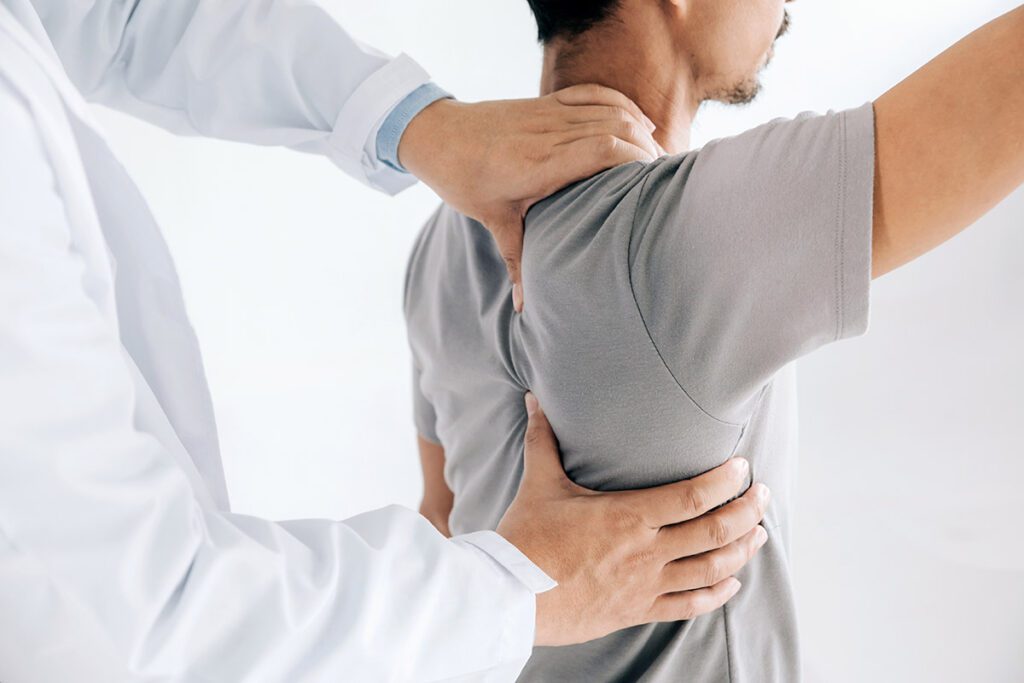Physical therapy is an essential part of the shoulder’s recovery after surgery, helping to restore the range of motion and rebuild strength in the shoulder. While preparing for shoulder surgery, many patients wonder what to expect from the physical therapy aspect of their recovery to either ease concerns or to be fully prepared for the progression to being fully healed.
Read below and learn what to expect from physical therapy after shoulder surgery.
Types of Shoulder Surgery and the Impact on Physical Therapy
The specifics of physical therapy depend on the type of shoulder surgery a person undergoes and the extent of the procedure. The overall goal of physical therapy is to slowly advance your shoulder’s range of motion while protecting the surgical repair performed, and the type of surgery informs the physical therapist of which exercises are best for achieving recovery goals.
Common types of shoulder surgeries often include typical exercises and routines, for example:
- Rotator Cuff Repair or Labral Tear Repair usually includes a period of rest followed by light stretching and strengthening exercises. The exercise program will likely include manual therapy techniques such as PROM (passive range of motion exercises) and AROM ( active range of motion exercises).
- For shoulder dislocation or shoulder joint replacement surgery, physical therapy often includes more aggressive stretching techniques such as PNF stretching and myofascial release techniques. Both approaches help to improve mobility around the joint while avoiding re-injuring it.
Shoulder Exercises and Goals
Depending on the type of shoulder surgery, a person may not be able to perform certain movements and can have movement restrictions, such as moving only within certain ranges or no overhead movements. No matter the type of surgery performed on the shoulder, there are some basic exercises and typically recommended rehabilitation activities like exercising and/or stretching a person can expect.
Range of Motion Before Strength
The initial visits with a physical therapist focus on the range of motion (ROM) before any strength training is performed. Shoulder strength cannot be rebuilt till the range of motion has been restored, but each type of shoulder surgery has its own ROM protocols to follow and will determine how much a physical therapist can push a patient during recovery. When it’s appropriate to pursue strength exercises, as indicated by the protocols set, they will include simple exercises like grip and elbow strength, shoulder blade strength, and compound strength.
Strength to Functional Movement & Strength
As you progress through the shoulder surgery protocols and achieve a functional range of motion, you can begin functional strength exercises if the ability to isolate and stabilize designated muscles to achieve wanted movement patterns is demonstrated. Functional range of motion and strength describes the ability to do things such as combing and washing your hair or getting dressed by yourself and to perform these movements the shoulder must be able to achieve specific ROM in several directions.
Return to Daily Activities
The last stage of physical therapy is meeting the goals initially set with the physical therapist following surgery, such as being able to perform household activities, returning to a sport, or dressing oneself again. These goals inform the physical therapist to create a patient-specific program to help the shoulder be able to perform these goals correctly and without reinjuring themselves.
Return to Normal
Physical therapy can be a long and frustrating process, but it is essential to return to normal activities following shoulder surgery and to be patient with recovery.
We at Proliance Surgeons Everett Bone & Joint are dedicated to treating shoulder injuries and conditions, ensuring our patients have the knowledge to recover properly and know what comes after surgery. By delivering the highest quality of care and expertise, we better the community and keep our neighbors in good health for as long as they can and help them with a shorter recovery time.
If you are concerned about recovery from planned shoulder surgery, don’t hesitate to contact us using the button below.

